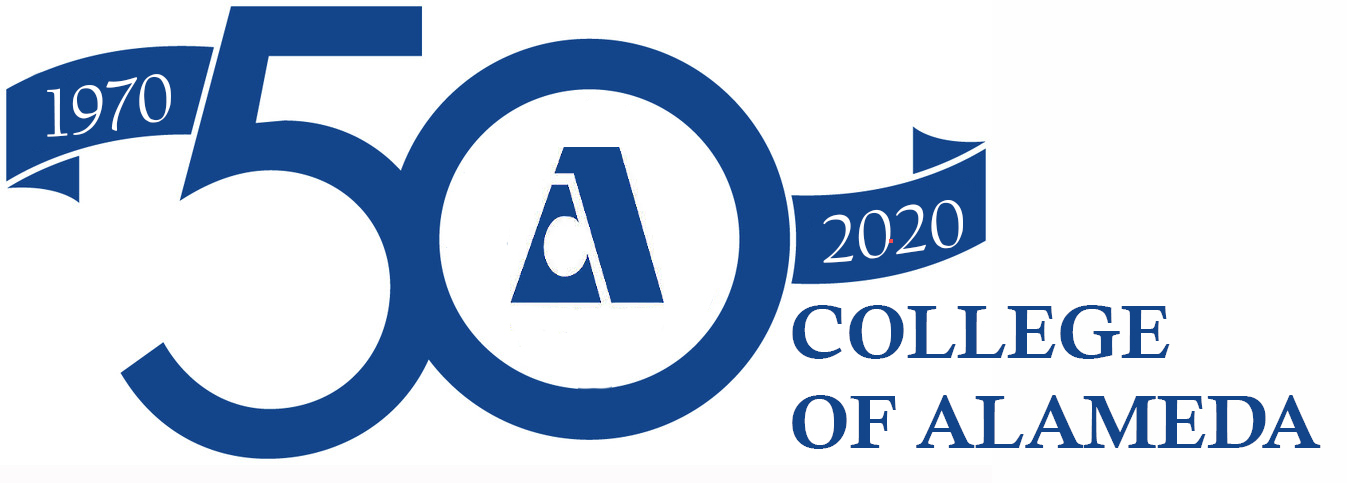Email: dsawicka@peralta.edu
Chemistry 50
Chemistry 50 is a one-semester introductory course, in which we discuss the historical origins of this branch of the sciences, its relationship to biology and physics, and to our everyday life. Selected experiments provide exposure to laboratory procedures and results. You are expected to be familiar with fractions, exponents, decimal notation, and basic algebra.
Students who are successful in Chemistry 50 may become interested in a career such as pharmacy or nursing. With the consent of the instructor, such students can transfer into Chemistry 30B, the second semester of the Chemistry 30A-B series, which is specifically designed for students in the health sciences (see below).
Also, many of our students have found that Chemistry 50 is a useful preparation for the more comprehensive and rigorous Chemistry 1A-B series, which is required for careers in medicine, physics, molecular biology, veterinary science, etc.
Chemistry 30B
Designed for students intending to enter health-related fields such as nursing, physical therapy, and nutrition, Chemistry 30B is an introductory-level course combining organic chemistry and biochemistry. Successful completion of Chemistry 30A or an equivalent course such as Chemistry 50 is a prerequisite for Chemistry 30B.
Organic chemistry, the chemistry of carbon compounds, is the basis for biochemistry, the chemistry of life. We discuss the names, physical properties, structures, and reaction mechanisms of many organic compounds and biologically important molecules. Selected laboratory experiments provide exposure to basic laboratory procedures.
Syllabus – Chemistry 50
Chemistry 50 Syllabus, Spring 2012
Instructors, lectures and laboratory, office hours, email
Dorota Sawicka & Clyde Willson, lectures M-W-F 10-11, lab M 12-3
Office hours: M 11-12 in the chemistry office (860 Atlantic Avenue) and by appointment
Email: dsawicka@peralta.edu, cdwillson@peralta.edu
Given in the science annex building at 860 Atlantic Avenue. There is a shuttle bus service between the science building, the main COA campus, and the Lake Merritt BART station. For further information call (510) 747-7936 or go to this website: www.EstuaryXINGshuttle.org
Required texts and other course materials:
(1) Introductory Chemistry by Russo & Silver (third edition, 2006)
(2) Laboratory Manual for Chem 50 and Chem 30A (available in the COA bookstore)
(3) Closed-toe shoes for laboratory safety (required by California law)
(4) A scientific calculator, capable of exponents and logarithms
Course topics: following the chapter titles in the textbook:
1: What is chemistry? 2: The numerical side of chemistry 3: The evolution of atomic theory 4: The modern model of the atom 5: Chemical bonding and nomenclature 6. The shape of molecules 7. Chemical Reactions 8: Stoichiometry and the mole 9: The transfer of electrons fromone atom to another in a chemical reaction 10: Intermolecular forces and the phases of matter 11: What if there were no intermolecular forces? The ideal gas 12: Solutions 13: When reactants turn into products 14: Chemical equilibrium 15: Electrolytes, Acids and Bases 16: Nuclear Chemistry
Attendance and grading policies:
(1) Students who decide to discontinue are responsible for dropping the class. If you do not drop, you will receive a grade. (2) Students are allowed up to 5 absences, one of which may be a midterm examination. If you accumulate more than 5 absences you may be dropped. If you are absent from the first class meeting you may be dropped. Signing in and then leaving soon afterwards will not be recorded as an attendance. If you expect to be absent, please speak to the instructor in advance.
(3) All examinations are open-book and open-notes. A scientific calculator will be required.
Examination schedule:
First midterm: Monday, February 13
Second midterm: Friday, March 23
Third midterm: Monday, April 23
Final examination: Monday, May 21
Student Learning Outcomes – COLLEGE OF ALAMEDA – CHEMISTRY 50
Spring 2012
Introduction to General Chemistry
(for students in all programs which require one semester of chemistry lecture and laboratory)
Students who successfully complete Chemistry 50 will learn to:
1. Perform chemical laboratory techniques accurately and safely.
•Follow safety procedures.
•Use chemical glassware and other scientific equipment properly and carefully.
•Apply concepts learned in lecture to laboratory experiments and associated calculations.
•Use chemical and physical measurements to identify unknown substances.
2. Utilize mathematics, chemical terminology, and chemical models.
•Understand, utilize, and correctly pronounce appropriate scientific terms.
•Become familiar with specialized terminology used in chemistry and associated disciplines.
•Apply mathematics to solve quantitative chemical problems.
•Use atomic models to construct complex chemical molecules.
3. Understand and explain chemical structures and reactions at the molecular level.
•Extract physical data from standard chemical references.
•Interpret various forms of chemical formulae and structural diagrams.
•Solve reaction equations by using concepts discussed in lecture and in the laboratory.
•Recognize both advantages and dangers in the application of chemical technology.
If you have any questions about this class, please contact the instructors: dsawicka@peralta.edu, cdwillson@peralta.edu
